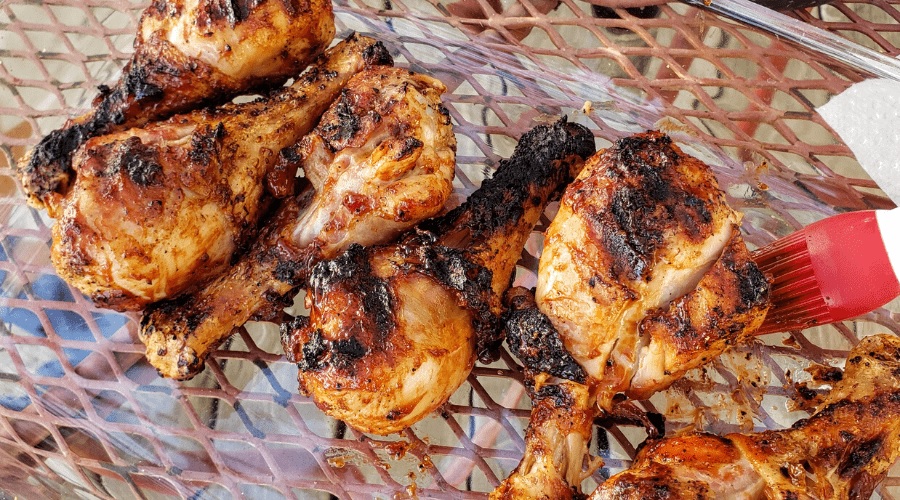Chicken is one of the most consumed meat types in the world. It’s a meat type which transcends all boundaries, cultural and physical – it’s so tasty and common that people often describe exotic meats with the taste of chicken.
There are numerous ways it can be cooked and most of them are quite delicious – including grilling chicken on a charcoal pit. Since it’s one of the driest meats out there, at least when compared to beef and pork, there are some specifics to cooking it on an open grill.
Here are five easy to follow tips for getting that perfect, succulent grilled chicken flavor on your backyard grill.
1. Different Meat Cuts Cook Differently
Not all chicken cuts contain the same types or amounts of nutrients. Darker meats generally have far more trans fats and generally fattiness than white meats such as the breasts.
They are called dark due to their color and the presence of blood circulation through the tissue, which deposits quite a lot of saturated fats. These cuts of meat are easier to cook and rarely become dry and tasteless, like the clean and lean chicken breasts which are mostly made out of protein fibers.
Chicken legs and thighs are also quite fatty and are made from muscle tissue which holds quite a lot of natural favor. These meats can be cooked on a higher heat and you can expect them to become more succulent with prolonged cooking (of course marinades will work wonders here).
2. Season and Marinade Chicken Well
As a high protein, relatively low-fat meat, chicken needs seasoning to help it along and increase its taste profile. There are all sorts of marinades and seasonings which can be used to make chicken taste good, some are as simple as salt and pepper, others are more intricate.
Why does chicken need seasoning to taste good? One thing which sets chicken meat apart from out variations, is that it generally has a low-fat amount, meaning that are smaller counts of flavor carrying molecules than pork and beef.
To season chicken with marinades, you need ingredients that can penetrate and stick to the meat fibers, as well as products which can combine well with the lower notes of different, darker chicken meats.
3. Always Control the Heat when Grilling Chicken Breasts
Controlling the heat when grilling any meat is important, especially when its poultry like chicken. Again, this meat has lower saturated fats, which means it needs a lower temperature to cook than beef and pork.
Compared to beef, chicken requires 15% less heat to cook, while it needs 10% less heat than pork to cook fully. In general terms your grill heat should no exceed 400F, with cooking times over such heat allowing for quicker cooking times of a total 10 minutes for both sides.
4. Chicken Wings and Thigs Cook Differently
Due to the different fatty profiles of chicken wings and thigs, both meats should be grilled differently. Bone-in chicken wings take longer to grill than boneless ones because the bones soak up the heat and require more time and heat to cook the meat around the bones.
Bone-in chicken cuts have more taste as bones are a source of bone marrow, which is extremely high in iron and other important metals and minerals. Those infuse into the meat, making it naturally tastier than other cuts.
5. Cook Chicken Slightly Colder than Room Temperature
One big recommendation we have for cooking chicken, regardless if you’ve decided to cook with dry spices or a wet marinade – chill the chicken before grilling.
This will help the skin and meat separate and create the crunchy crust you are looking for – generally far better results than frozen chicken or room temperature chicken.
Grills, especially ones with a flipping arm like the Smart Flip Grill from GrillerDude.com, can get quite hot, and the combination of hot coals and cold meat are always quite welcome when it comes to creating and bringing out the best of this meat type.








